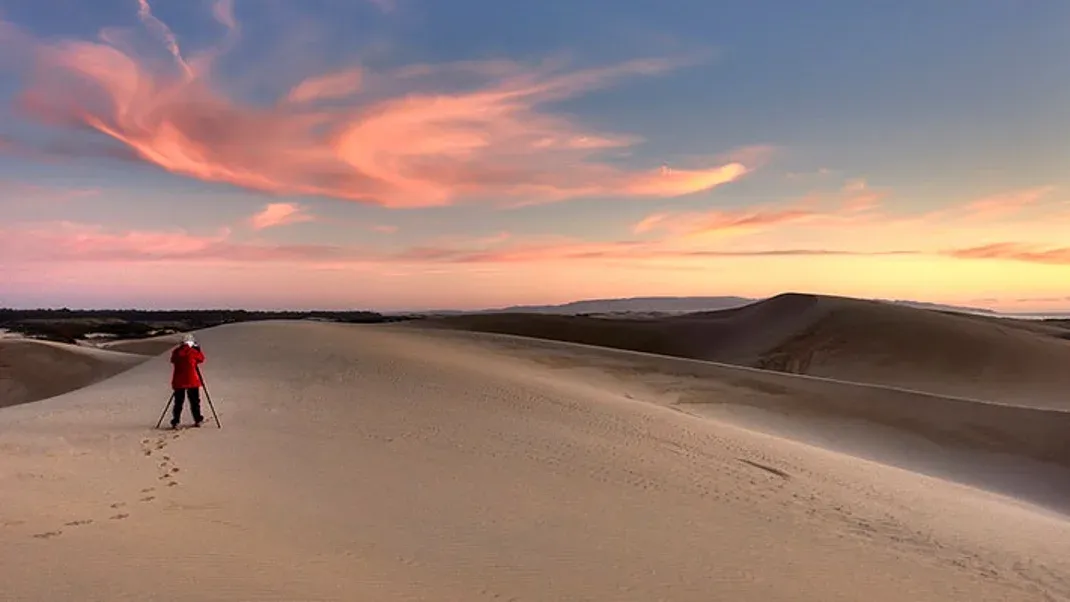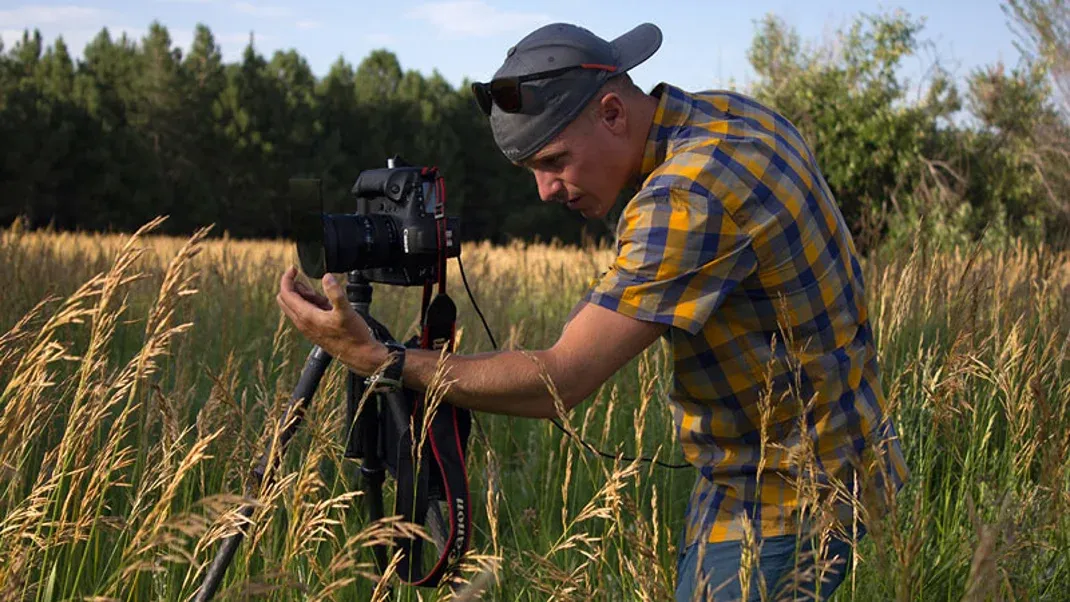How to Photograph Perfect Sunsets
To capture the perfect sunset photograph, first, choose the right location with an unobstructed view of the horizon. Plan to arrive at the spot early to set up your equipment and find the best composition. Use a tripod to keep your camera steady and a low ISO to reduce noise. When the sun starts to set, adjust your camera settings to capture the vibrant colors and dramatic sky. Experiment with different angles and compositions, and consider including silhouettes or foreground elements to add interest to your photos. Lastly, be patient and stay until the last light has faded for the best results.

Photographing the perfect sunset is a challenging yet rewarding endeavor for any photographer. The vibrant, warm hues of a sunset can create stunning and captivating images that evoke a sense of tranquility and beauty. However, capturing the perfect sunset requires some skill, patience, and a good understanding of photography techniques. In this guide, we will explore the essential tips and tricks for photographing perfect sunsets.
The first step in capturing the perfect sunset is to scout for the right location. Look for a spot that offers an unobstructed view of the horizon, such as a beach, hilltop, or open field. Consider how the landscape and surrounding environment will complement the sunset, and choose a location that will provide an interesting foreground for your photos. Keep in mind that the best sunset views often occur in coastal areas or at higher altitudes, as they offer a clearer and more expansive view of the horizon.
Once you have found the perfect location, consider the timing of your shoot. The ideal time to capture a sunset is during the golden hour, which occurs during the hour before sunset when the light is soft, warm, and diffused. Plan to arrive at your chosen location at least 30 minutes before the sun begins to set to allow enough time to set up your equipment and find the best vantage point. Keep in mind that the weather can also play a crucial role in the quality of the sunset, so check the weather forecast in advance and choose a day with clear skies for the best chance of capturing a stunning sunset.
When it comes to equipment, a DSLR or mirrorless camera with a wide-angle lens is ideal for capturing the full expanse of the sunset and its surroundings. Additionally, a sturdy tripod is essential for keeping your camera steady and ensuring sharp, clear images, especially in low-light conditions. Consider using a remote shutter release or the self-timer function on your camera to minimize camera shake and capture long-exposure shots without touching the camera.
As the sun begins to set, it's important to pay attention to the exposure settings on your camera. Start by setting your camera to manual mode and adjusting the ISO to the lowest setting to minimize noise and maintain image quality. Next, choose a narrow aperture (such as f/8 or higher) to ensure a deep depth of field and sharp focus throughout the frame. Finally, adjust the shutter speed to achieve the desired exposure, keeping in mind that longer shutter speeds will capture more vibrant colors and movement in the sky, while faster shutter speeds will freeze the action and create sharper images.
Composition is also crucial when photographing sunsets. Consider using the rule of thirds to create a balanced and visually appealing composition, placing the horizon line or other key elements of the scene along the imaginary grid lines. Look for interesting foreground elements, such as silhouetted trees, rocks, or buildings, to add depth and context to your photos. Experiment with different angles and perspectives to find the most compelling composition that highlights the natural beauty of the sunset.
As the sun dips below the horizon, the sky will be filled with a stunning array of colors and textures, ranging from warm oranges and pinks to deep purples and blues. To capture the full range of hues and tones in the sky, consider shooting in RAW format to retain maximum detail and dynamic range in your images. This will allow you to make adjustments to the exposure, white balance, and color temperature in post-processing, ensuring that your photos accurately reflect the beauty of the sunset.
When it comes to post-processing, subtle adjustments can make a significant difference in the final outcome of your sunset photos. Use editing software such as Adobe Lightroom or Photoshop to fine-tune the exposure, contrast, and colors in your images, enhancing the natural beauty of the sunset while maintaining a realistic and authentic look. Pay attention to the balance of light and shadow, as well as the overall mood and atmosphere of the scene, to achieve a visually striking and emotive result.
In conclusion, capturing the perfect sunset requires a combination of technical skill, creative vision, and patience. By choosing the right location, timing, and equipment, paying attention to exposure and composition, and making subtle adjustments in post-processing, you can create stunning and evocative images that showcase the natural beauty of the sunset. With practice and perseverance, you can master the art of photographing perfect sunsets and capture the magic of these fleeting moments for years to come.




